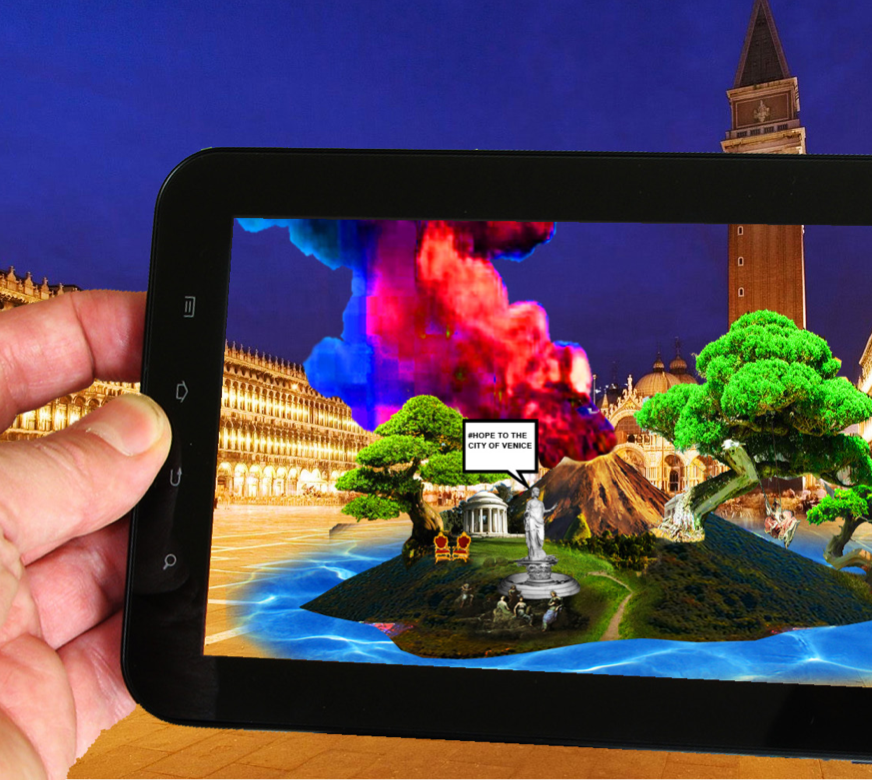The artworks of the "Manifest.AR" group in Venice Biennale 2011
DOI:
https://doi.org/10.69598/sbjfa238014Keywords:
Augmented Reality, Manifest.AR, Venice BiennaleAbstract
Nowadays, artists utilize high technology as a medium. In the Venice Biennale International Contemporary Art 2011, a group of 8 multinational artists called “Manifest.AR” includes Tamiko Thiel, Mark Skwarek, Sander Veenhof, Will Pappenheimer, Lily and Honglei, John Craig Freeman, Naoko Tosa and John Cleater. They adopted the Augmented Reality (AR) system - a virtual reality presentation system through screen devices such as smartphones - to create their art pieces. This study focuses on the artworks by 8 artists from the Manifest.AR group through the method of analyzing and comparing these artworks within the group in order to interpret their concept and the artistic effects on the venue. As a result, the research found that the display of the artworks through Augmented Reality was presented in both 2-dimentional and 3-dimentional formats. Audience could surprisingly experience sound and moving images blurredly blended and overlapped with the actual situation at that moment. Moreover, the meaning of artworks could be interpreted based on the location. Another interesting issue is that this group of artists has an opposing concept against the Venice Biennale idea of ‘pavilion’ building. This made their art space an invisible pavilion, which did not directly affect the real location. Yet, it is an intrusion via the Augmented Reality that cannot be seen with one’s bodily eyes.
Downloads

Downloads
Published
How to Cite
Issue
Section
License
The journal's editorial team does not have to agree with the views and comments in the author's article, nor are they responsible for the comments.











